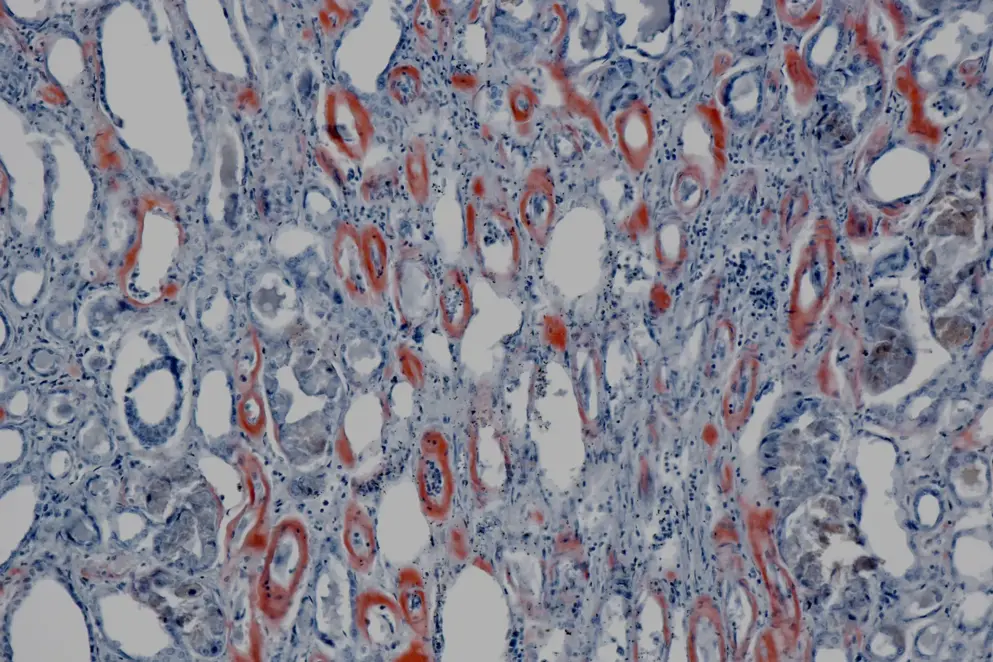
Improving outcomes in AL amyloidosis
Transcript: Diagnostic and screening tools
Professor Giovanni Palladini
All transcripts are created from interview footage and directly reflect the content of the interview at the time. The content is that of the speaker and is not adjusted by Medthority.
In a year, we do know that there is a asymptomatic, or I should say a presymptomatic phase when the patient does have the disease but the patient doesn't realise that he's already suffering from a AL amyloidosis. So, the monoclonal component the monoclonal light chain that causes the disease is there at least four years before the symptoms become recognised by the patient and by their physicians. So there is a presymptomatic phase. In this phase, even if the patients feel well, the markers of organ involvement increase. That is, for instance, natriuretic peptides and NT-proBNP and BNP for the heart, proteinuria for the kidney, alkaline phosphatase for the liver. So we have this markers elevated before the patients feel it, and when we know that the patient has a monoclonal component. So we have been advocating a screening procedure in patients with a monoclonal gammopathy of undetermined significance, an MGUS, and an abnormal free light chain kappa-lambda ratio. This is because when you have a monoclonal component in most cases amyloidosis arises in patients also who have an abnormal FLC ratio.
So we did this screening study in Pavia in the last few years and we screened a couple of thousand of patients. We presented this data at the Heidelberg meeting in September and we found that these patients develop amyloidosis with an incidence of 2.5 per thousand person year which is already a result because now we know how frequent is the development of a AL amyloidosis in patients with an MGUS, and we could treat all the diagnosed patients when they were presymptomatic and with the first or second line treatment, all the patients responded and all of them had organ response as well. We had a couple of deaths in this. 20 patients that we treated, but they were not amyloid related. So it is really possible to treat this patient, these patients at a very early presymptomatic stage. Of course, this was just a proof of concept study and we need to convince the haematologists to do this in a larger international population. Also, to see whether this approach is cost effective. Also, something that we have been studying is the sequence of testing, and very sadly, as I was mentioning earlier, when the patients who have suspect cardiac amyloidosis do not search for the monoclonal component first, and they have AL type amyloidosis, then their survival is shorter. So when you suspect a cardiac AL type amyloidosis, you should search for a monoclonal component within six weeks from the time you do the first diagnostic testing. For instance, the otherwise, the study, the study showed that the survival is much, much shorter. Only a few months. Then there are other things that are being studied, which is extremely interesting, is, for instance, scintigraphy with advanced amyloid specific tracers. If we found an amyloid specific tracer that is specific, for instance, for AL amyloidosis we could improve our ability to diagnose this earlier, adding specificity on the strategies that we have now.
Updates in your area
of interest
of interest
Articles your peers
are looking at
are looking at
Bookmarks
saved
saved
Days to your
next event
next event

